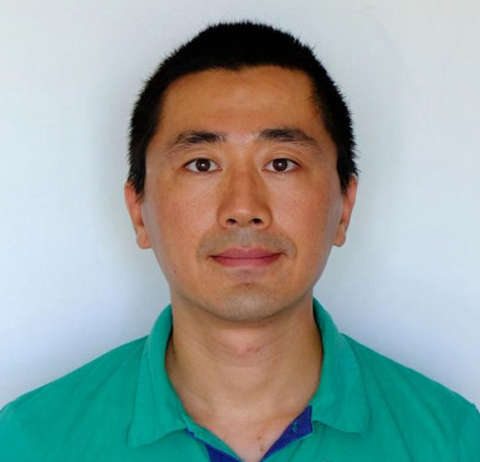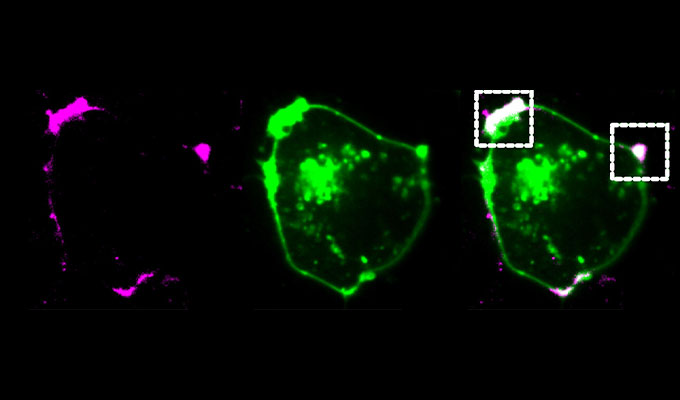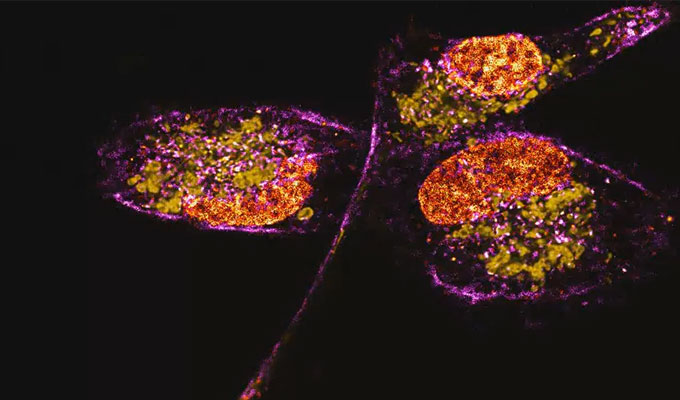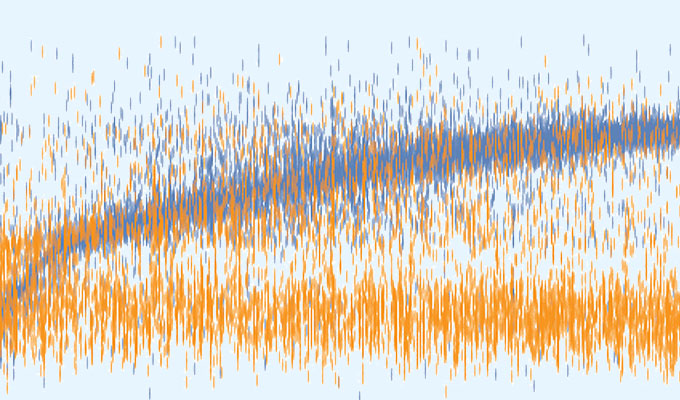Abstract
Single-cell genomic technologies have revolutionized the way we study cell function and gene expression. However, these methods often require immediate sample processing to preserve fragile cell populations, posing logistical challenges for decentralized workflows and multi-center studies. FixNCut, a reversible sample fixation strategy followed by tissue dissociation, addresses these limitations by decoupling sample collection from downstream processing steps. By applying FixNCut, RNA and DNA integrity are preserved and cellular composition is maintained while minimizing stress-related artifacts.
In this webinar, we present an optimized guide to the FixNCut protocol, showcasing its utility for single-cell genomic assays like scRNA-seq and ATAC-seq. We will highlight how FixNCut enables a robust, reproducible workflow suitable for various biological samples and unconventional study designs. Join us to explore how this innovative approach minimizes artifacts, preserves cellular integrity, and facilitates collaborative research across diverse settings.
Highlights
- Introduction to FixNCut protocol: A versatile method for decoupling sample collection from downstream processing steps.
- Optimization for single-cell assays: Supports scRNA-seq, scATAC-seq, and other single-cell techniques involving cell labeling and spatial technologies.
- Minimizing artifacts and enabling collaboration: Reduces artifacts and supports multi-center research in diverse settings.
Speakers

Shuoshuo Wang, Ph.D.
Senior Scientist, Precision RNA Medicine (PRM) Core, Beth Israel Deaconess Medical Center (BIDMC)
Dr. Shuoshuo Wang is a Senior Scientist in the Spatial Technologies Unit of the Precision RNA Medicine (PRM) Core. He earned his education in Marbu...
View more

Laura Jiménez-Gracia, Ph.D.
Postdoctoral Bioinformatics researcher, National Centre for Genomic Analysis (CNAG)
Dr. Laura Jiménez Gracia is a bioinformatics researcher specialized in single-cell sequencing data analysis in the context of immune-mediated disea...
View more
Keywords
Single cell, Tissue, Fixation, Lomant's reagent, DSP, Sample preservation, Single-cell sequencing
References
Wang S, Jiménez-Gracia L, De Amaral AA, Vlachos IS, Plummer J, Heyn H, Martelotto LG. FixNCut: A Practical Guide to Sample Preservation by Reversible Fixation for Single Cell Assays. Bio Protoc. 2024 Sep 5;14(17):e5063. doi: 10.21769/BioProtoc.5063. PMID: 39315321; PMCID: PMC11417608.
Jiménez-Gracia L, Marchese D, Nieto JC, Caratù G, Melón-Ardanaz E, Gudiño V, Roth S, Wise K, Ryan NK, Jensen KB, Hernando-Momblona X, Bernardes JP, Tran F, Sievers LK, Schreiber S, van den Berge M, Kole T, van der Velde PL, Nawijn MC, Rosenstiel P, Batlle E, Butler LM, Parish IA, Plummer J, Gut I, Salas A, Heyn H, Martelotto LG. FixNCut: single-cell genomics through reversible tissue fixation and dissociation. Genome Biol. 2024 Mar 29;25(1):81. doi: 10.1186/s13059-024-03219-5.
Wang S, Martelotto GL. FixNCut v2.0 Enhanced Cell and Tissue Fixation for Single Cell Assays. protocols.io 2024. doi: 10.17504/protocols.io.n92ldrm48g5b/v1
Jiménez-Gracia L, Marchese D, Heyn H, Martelotto LG. FixNCut v1.0. protocols.io 2023. doi: 10.17504/protocols.io.14egn3xjql5d/v1
Do you have a question about this webinar?
Post your question, and we'll invite the webinar speaker to respond. You're welcome to join the discussion by answering or commenting on questions ( Note: Not all questions, especially those not directly relevant to the webinar topic, may be answered by the speaker. ).
Tips for asking effective questions
+ Description
Write a detailed description. Include all information that will help others answer your question.
8 Q&A
Can you clarify the fixation reversal step(s)? Is a reversal step required, and how effective is it?




